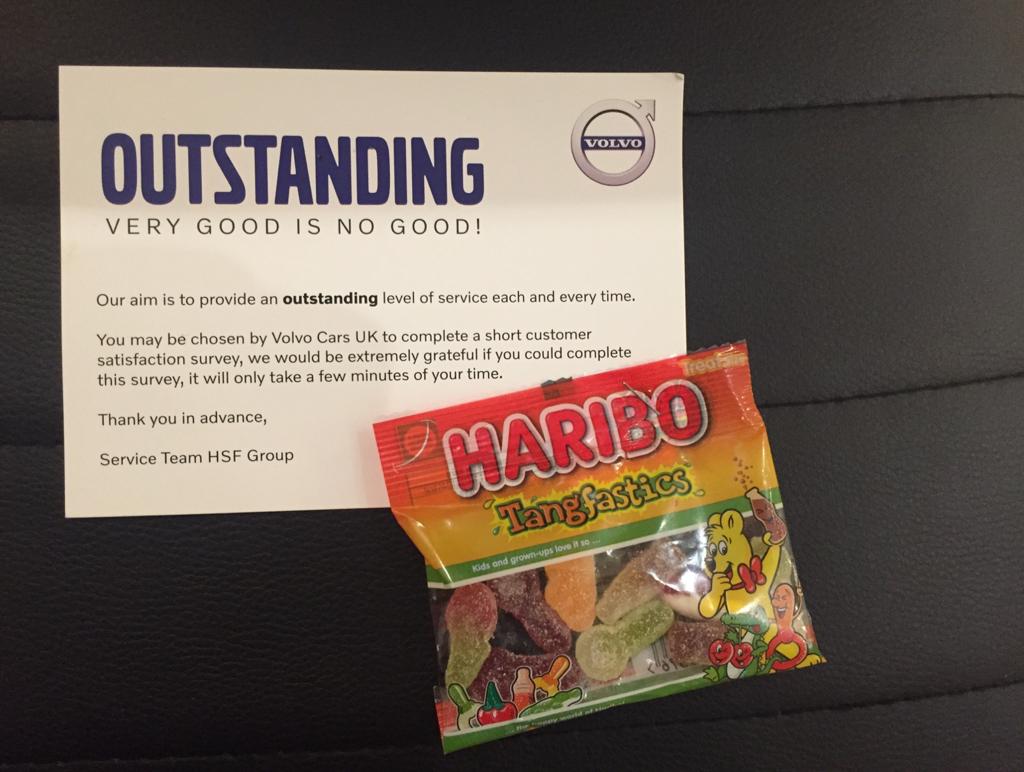News
How client experience works
A reminder of the definition of CX
To set the scene, we know that client experience (CX) is a client’s overall impression of us as a supplier. It is personal, subjective, open to influence, sometimes irrational, and subject to change as a result of any and every direct and indirect interaction they have with our firms
How, then, do humans form impressions?
Emotions play a critical role
Many different things combine to influence your clients’ overall impression of you: perception of brand, ease of selecting, buying and consuming your services, and your alignment with what they want to accomplish.
However, they do not leave their emotions at home when they come to work. On the contrary, emotions have been found to play a critical role in our decisions to buy, to stay and to consume more of a product or service.[1]
Let’s explore how this works.
Emotions create memories, and memories form impressions
We form opinions of each interaction and we then aggregate them into an overall view.[2] But not all events are equal and, crucially, extraordinary events count a lot more than ordinary ones.
Extraordinary events occur when we are more emotionally invested than normal and the outcome turns out to be significantly different from our expectation.
This difference between ordinary and extraordinary matters because the extraordinary triggers emotions and humans remember emotions for much longer than actual events. Conversely, while extraordinary events linger in our memories, ordinary ones fade away quickly.[3]
For example, when something has gone wrong our emotional state increases: will someone help us, or will they leave us to our own devices? Either outcome is certain to induce an emotion in us.
In this example, perhaps an error on our side means we now really need a report sooner than normal. If a supplier goes ‘above and beyond’ to help us in our hour of need we may remember feelings of relief, trust, and self-satisfaction that we chose well. We will remember these emotions for a lot longer than we remember the specific details of the report itself.
So, being ‘extraordinary’ does not have to come from expensive ‘glory projects’: more likely, it will involve engaging your clients’ emotions. At Accomplish we call this ‘sweating the small stuff’.

My colleague Adam Grainger tells a story of arriving to collect his car from a garage. After a long bike ride in the rain, he was cold, tired and soaked to the skin. Listening to him tell the story, it’s clear that Volvo seized the opportunity of an already extraordinary situation to create a win-win outcome.
As he tells it, he was so wet he was too embarrassed to use their chair, so they brought a seat cover from the workshop. Then they gave him a cup of tea and, while briefing him on the technical stuff about his car, they remembered that he calls her Sally. He says he took in none of the briefing, but just enjoyed the flattery that they had remembered his car’s name while warming himself with tea.
After he paid them a significant sum, they handed him the customer service card above to which they had stapled a bag of sweets, “because you look like you could do with them.” Adam likes neither tea nor Haribo sweets and he admits he doesn’t understand combustion engines, but he does believe he can recognise care and attention when he sees it. In his time of need, Volvo interpreted his emotional state and responded perfectly and, even though he is a CX expert and knew what was going on, he still found it impossible to resist the positive emotions that come from being treated so unexpectedly.
Emotions can be irrational, particularly in extraordinary situations
We are not machines and when we form an overall impression of a supplier, we do not aggregate individual opinions equally, or even fairly.
Studies have proven that we cannot and do not follow rational decision-making processes when we are confronted by extraordinary experiences.[4] This is because we lose the ability to compare the experience against our expectations – by definition, an extraordinary situation is unexpected.
Looking back on the car servicing example, on one level, Adam’s newfound loyalty to that garage is completely irrational: all they did was retrieve his car’s name in their CRM system and give him almost valueless extras that he doesn’t even like.
This example is also remarkable because he says he had been considering switching to a different garage because of a bad experience the previous year. Yet he is now unyielding in his loyalty and is currently sharing his recent experience with others.
At Accomplish we believe this is because another factor was at play. By handing him the sweets stapled to a printed card that stated the importance of his experience to the entire company, Volvo sent him a deeper message: what had just happened was not a chance event or a randomly-good employee. Plans had been laid, training had probably been carried out, making the situation look like evidence that they actually live their values. In one move, they both encouraged Adam to settle for nothing less than outstanding and at the same time met this new expectation.
Adam doesn’t fully understand combustion engines so, as predicted by the discipline of CX, he now judges the care and attention Volvo gives to his car by what he does understand: the care and attention they give him personally. We believe this analogy points to a valuable lesson for the asset management industry that has many clients who don’t fully understand investments.
Now apply this commercially
Good is forgettable
If you want to provide a memorable experience to your clients, you must do something extraordinary. ‘Good’ will fade quickly from memory, so if you want to stand out ‘good’ is not good enough.
“Good CX is forgettable, while extraordinary CX is remembered, discussed, and shared.” Hague and Hague (2018)
In the survival-of-the-fittest market for asset management in which traditional ways of differentiating your firm have become unreliable, this means CX has become THE differentiator.
We know that, on average across the industry, CX is not going well despite being controllable, commercial and incremental. This creates a huge opportunity for firms who are ready to think and act differently in order to use CX as a way to differentiate themselves.
To stand out, firms must operate at the emotional level
In recent research Accomplish found asset managers attributing unsustainably high indicators of unfavourable CX to the ‘usual suspect’ processes – RFPs, onboarding, contracting, reporting and billing.
In contrast, our research found that the root cause of unfavourable CX was actually that ~75% of firms simply lack a CX strategy – it almost appears as if some firms are investing in their brand while leaving their client experience to chance.
We also see firms taking a purely ‘engineering’ approach to developing their client journeys. We are under no doubt that process engineering is essential, but unless firms also engage their clients on an emotional level, we know from the science above that their admirable efforts at achieving ‘good’ will likely be forgotten.
Be ‘deliberately extraordinary’ or be forgotten
Exploit the science and, like Volvo, train and enable your staff to give their clients an extraordinary experience.
Identify the aspects of the client journey where they tend to be more emotionally invested, because these are the moments that they are most likely to remember, discuss, and share. It is here that you should, as we say in Accomplish, ‘sprinkle unexpected delights’ that say something about your culture.
Don’t try to be extraordinary everywhere: as well as being more emotionally invested in some areas, clients are less so in others. Being extraordinary in those areas would, at best, be a wasted effort. Instead, just aim to be good and recognise that for those touchpoints being forgotten quickly is actually a good outcome. Check out this article for an example of the negative impacts of being extraordinarily bad at a touchpoint where clients just want ordinary.
Follow Accomplish on LinkedIn
CX as a discipline is still in its infancy and this is particularly the case in the context of business-to-business (B2B) asset management.
Accomplish aims to change this by establishing the case for CX and extending its leading edge in the B2B asset management industry through researching and developing new tools and industry standards.
If you found this article useful, follow Accomplish on LinkedIn where we will post the remaining articles in this series:
- What is CX? 🤷🏻♂️
- How does CX work? 🤷🏼♂️
- Is B2B CX really so complicated? 🤷🏼♂️
- Why asset management CX? And why now? 🤷🏻♂️
- What does good CX look like? 🤷🏻♂️
References
1. Hedonic consumption: emerging concepts, methods and propositions. Hirschman and Holbrook (1982).
2. How to design, measure and improve customer experience. Pennington (2016).
3. Five ways emotional pain is worse than physical pain, Winch, G (2014). Psychology Today.
4. Bridging the gap for destination extreme sports. Klaus and Maklan (2011). Journal of Marketing Management.
